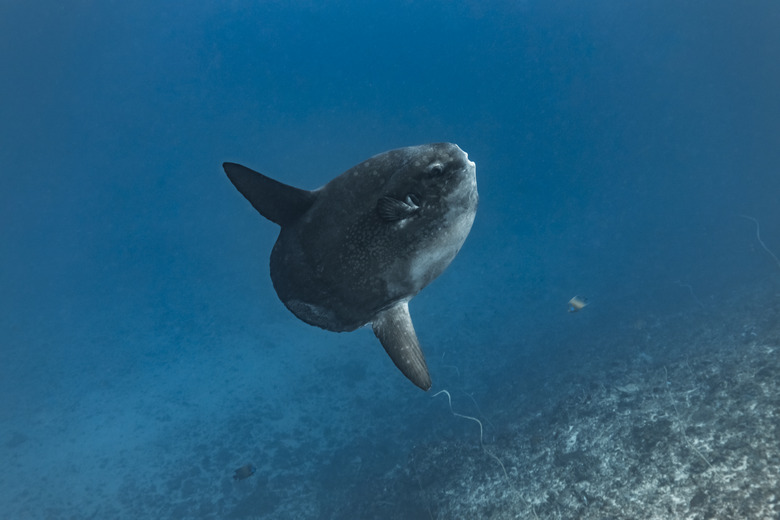The Difference Between Bluegill & Sunfish
Often a first-time fisher will catch a sunfish or bluegill. Though small, these sunnies fish provide excitement and the thrill of the catch. This first fishing experience often remains with you for life, and you never forget the thrill of "something" on the other end of the line.
Read more about the different freshwater and saltwater fish.
Some, however, would like to identify that something. The terms sunfish and bluegill are often used interchangeably, but there are identifying markers to determine a bluegill vs sunfish along with the exact species caught.
Bluegill vs Sunfish: A Bluegill Is a Sunfish
Bluegill vs Sunfish: A Bluegill Is a Sunfish
Sunfish is the genus name for a variety of freshwater fish including bluegill. Additional species in this genus include:
- rock bass
- pumpkinseed sunfish
- spotted sunfish
- green sunfish
- longear sunfish
- redear sunfish
- warmouth sunfish
- redbreast sunfish
These sunfish together are often also called perch, sun perch, bream or brim.
Rock Bass and Pumpkinseed Sunfish
Rock Bass and Pumpkinseed Sunfish
Rock bass have a red eye and a large mouth. The mouth is so long that it extends beyond the edge of the eye. The rock bass coloration is gray to green with some golden tones. The color fades to white at the belly. The rock bass is most easily identified by six spiny bones in the anal fin. These fish have one of the widest ranges in North America with fish in the waters of New England and Southern Canada all the way out to the Mississippi and beyond.
The pumpkinseed sunfish is more round-shaped and has an orange or yellow belly. The sides of the pumpkinseed sunfish are very colorful. In addition, the pumpkinseed sunfish has a black gill flap and a smaller red spot on the edge of the gill flap. These fish prefer warm and shallow water with plenty of coverage and vegetation to hide in.
Green Sunfish and Longear Sunfish
Green Sunfish and Longear Sunfish
The green sunfish is blue-green on the top of the back with the coloring changing to green as you move down. Some of the scales feature bright turquoise spots. Approaching the belly, the green fades to yellow or even white. The green sunfish has a large mouth.
The longear sunfish has an extension of the gill slit that flaps over the gills. This extension looks as if the fish has ears that extend back over the gills, thus its name. This extension is outlined in white in mature longear sunfish. Longear sunfish can be orange to bright red with turquoise markings on the head and fins.
Warmouth Sunfish and Redbreast Sunfish
Warmouth Sunfish and Redbreast Sunfish
Warmouth sunfish are dark in color varying from a dark brown to dark green. Coloring is somewhat mottled, with a yellow belly. The warmouth has a large mouth, extending beyond the center of the eye. The dorsal fin on the warmouth has three bony spines. Redbreast sunfish have a long black extension on the gill flap. The coloring can be orange to red on the belly, while the back is generally green. The redbreast has turquoise markings on the head.
Cite This Article
MLA
Scott, Daniel. "The Difference Between Bluegill & Sunfish" sciencing.com, https://www.sciencing.com/difference-between-bluegill-sunfish-8382772/. 22 November 2019.
APA
Scott, Daniel. (2019, November 22). The Difference Between Bluegill & Sunfish. sciencing.com. Retrieved from https://www.sciencing.com/difference-between-bluegill-sunfish-8382772/
Chicago
Scott, Daniel. The Difference Between Bluegill & Sunfish last modified March 24, 2022. https://www.sciencing.com/difference-between-bluegill-sunfish-8382772/
